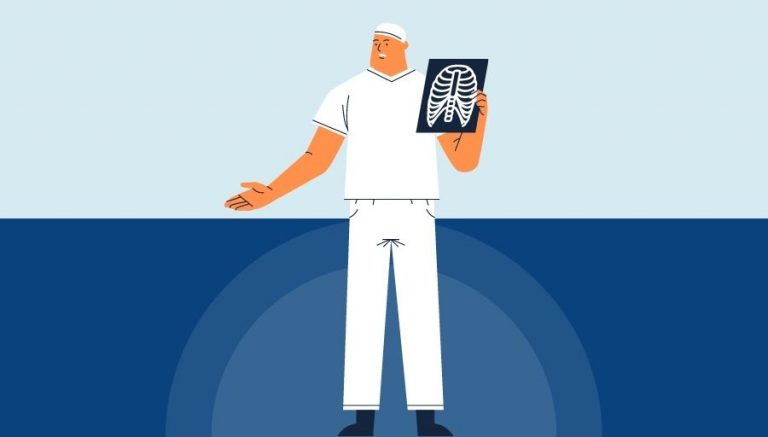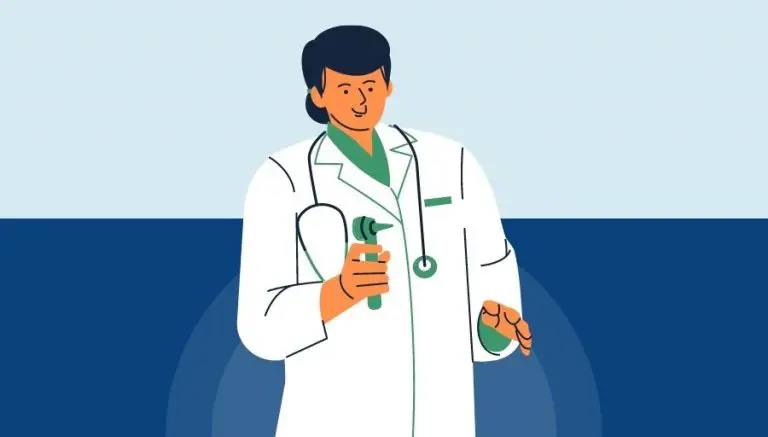How To Use CPT Code 99212
CPT 99212 refers to an office or other outpatient visit for the evaluation and management of an established patient. This code is utilized when a healthcare provider conducts a visit that necessitates a medically appropriate history and/or examination, along with straightforward medical decision-making. The visit must involve a total time of 10 minutes or more on the date of the encounter, which can include both face-to-face and non-face-to-face activities related to the patient’s care.
1. What is CPT code 99212?
CPT code 99212 is designated for office or outpatient visits focused on the evaluation and management of established patients. This code is particularly relevant in scenarios where the healthcare provider engages in straightforward medical decision-making. The visit must include a medically appropriate history and/or examination, which can vary based on the patient’s needs. The clinical context of this code is essential for ensuring that patients receive appropriate care while allowing providers to document and bill for their services accurately. The straightforward nature of the medical decision-making involved indicates that the problems addressed during the visit are typically uncomplicated, allowing for efficient patient management.
2. Qualifying Circumstances
This CPT code can be used when the patient is an established one, meaning they have received care from the provider previously. The visit must involve straightforward medical decision-making, which implies that the complexity of the issues being addressed is low. Additionally, the total time spent on the encounter must meet or exceed 10 minutes, which includes all activities related to the patient’s care on that day. It is important to note that while the extent of the history and examination performed does not affect the code selection for E/M codes 99202–99215, all services rendered must be documented in the medical record. Inappropriate use of this code would occur if the visit involved more complex decision-making or if the total time spent was less than the required 10 minutes.
3. When To Use CPT 99212
CPT code 99212 is used when a provider sees an established patient for an office or outpatient visit that involves straightforward medical decision-making and meets the time requirement of 10 minutes or more. This code is appropriate when the provider performs an evaluation and management service that includes taking a patient history, conducting a physical examination, and making decisions about the patient’s care. It is important to note that this code cannot be used in conjunction with codes that indicate a higher level of complexity in medical decision-making or when the total time spent is less than the stipulated duration. Providers should choose the appropriate E/M service level based on the total time or the level of medical decision-making as stated in the code descriptor.
4. Official Description of CPT 99212
Official Descriptor: Office or other outpatient visit for the evaluation and management of an established patient, which requires a medically appropriate history and/or examination and straightforward medical decision making. When using total time on the date of the encounter for code selection, 10 minutes must be met or exceeded.
5. Clinical Application
CPT code 99212 is applied in clinical settings where established patients require evaluation and management services that are straightforward in nature. This code is crucial for ensuring that healthcare providers can accurately bill for their services while providing necessary care to patients. The clinical application of this code allows for efficient management of patients with uncomplicated medical issues, facilitating timely interventions and follow-up care. The importance of this service lies in its ability to address patient needs effectively while maintaining appropriate documentation and billing practices.
5.1 Provider Responsibilities
During the procedure associated with CPT code 99212, the provider is responsible for conducting a thorough evaluation and management service. This includes taking a medically appropriate history from the patient, performing a physical examination, and engaging in straightforward medical decision-making. The provider must also document all services rendered, including any counseling or education provided to the patient or caregiver, ordering tests, and coordinating care with other healthcare providers. The total time spent on the encounter, which includes both face-to-face and non-face-to-face activities, must be tracked and documented to ensure compliance with the code requirements.
5.2 Unique Challenges
One of the unique challenges associated with the service represented by CPT code 99212 is ensuring that the visit remains within the parameters of straightforward medical decision-making. Providers must be vigilant in assessing the complexity of the patient’s issues to avoid misclassification of the visit. Additionally, accurately documenting the total time spent on the encounter can be challenging, especially when non-face-to-face activities are involved. Providers must also navigate the nuances of coding and billing to ensure that they are appropriately compensated for their services while adhering to regulatory guidelines.
5.3 Pre-Procedure Preparations
Before the procedure associated with CPT code 99212, the provider must prepare by reviewing the patient’s medical history and any previous encounters. This may involve evaluating test results, understanding the patient’s current health status, and preparing for the visit by organizing any necessary documentation. The provider should also be ready to address any specific concerns the patient may have, ensuring that the visit is productive and focused on the patient’s needs.
5.4 Post-Procedure Considerations
After the procedure, the provider must ensure that all documentation is complete and accurately reflects the services rendered during the visit. This includes recording the total time spent on the encounter and any follow-up actions required for the patient. Providers should also communicate any necessary information to the patient regarding their care plan, including instructions for follow-up visits or additional tests that may be needed. Monitoring the patient’s progress and coordinating care with other healthcare providers may also be necessary to ensure comprehensive management of the patient’s health.
6. Relevant Terminology
Established Patient: A patient who has received professional services from the provider or another provider of the same specialty within the same group practice in the past three years.
Evaluation and Management (E/M): A category of codes used to describe the process of evaluating a patient’s condition and managing their care, which includes taking a history, performing an examination, and making medical decisions.
Medical Decision Making (MDM): The process of determining the appropriate course of action for a patient based on the complexity of the patient’s condition, the amount of data to be reviewed, and the risk associated with the patient’s management.
Face-to-Face Activities: Interactions between the provider and the patient that occur in person during the visit.
Non-Face-to-Face Activities: Tasks performed by the provider that do not involve direct interaction with the patient, such as reviewing test results or documenting the encounter.
7. Clinical Examples
1. A patient with a history of hypertension visits their provider for a routine follow-up. The provider reviews the patient’s blood pressure readings, discusses medication adherence, and makes minor adjustments to the treatment plan.
2. An established patient presents with mild seasonal allergies. The provider assesses the patient’s symptoms, provides education on managing allergies, and recommends over-the-counter medications.
3. A patient with diabetes comes in for a check-up. The provider reviews the patient’s blood sugar logs, discusses dietary changes, and orders routine lab tests to monitor the patient’s condition.
4. An established patient returns for a follow-up visit after a recent illness. The provider evaluates the patient’s recovery, addresses any lingering symptoms, and provides reassurance and guidance for ongoing care.
5. A patient with a history of anxiety discusses their current mental health status with the provider. The provider assesses the patient’s symptoms, offers coping strategies, and schedules a follow-up appointment.
6. An established patient presents with a minor skin rash. The provider examines the rash, discusses potential causes, and prescribes a topical treatment.
7. A patient with chronic back pain visits their provider for a medication review. The provider evaluates the effectiveness of the current treatment plan and discusses alternative options.
8. An established patient comes in for a routine wellness visit. The provider conducts a brief examination, reviews preventive care measures, and discusses lifestyle modifications.
9. A patient with a history of asthma reports increased symptoms. The provider assesses the patient’s condition, reviews their inhaler technique, and adjusts the asthma management plan accordingly.
10. An established patient visits for a follow-up on a recent surgical procedure. The provider evaluates the surgical site, discusses recovery progress, and addresses any concerns the patient may have.



